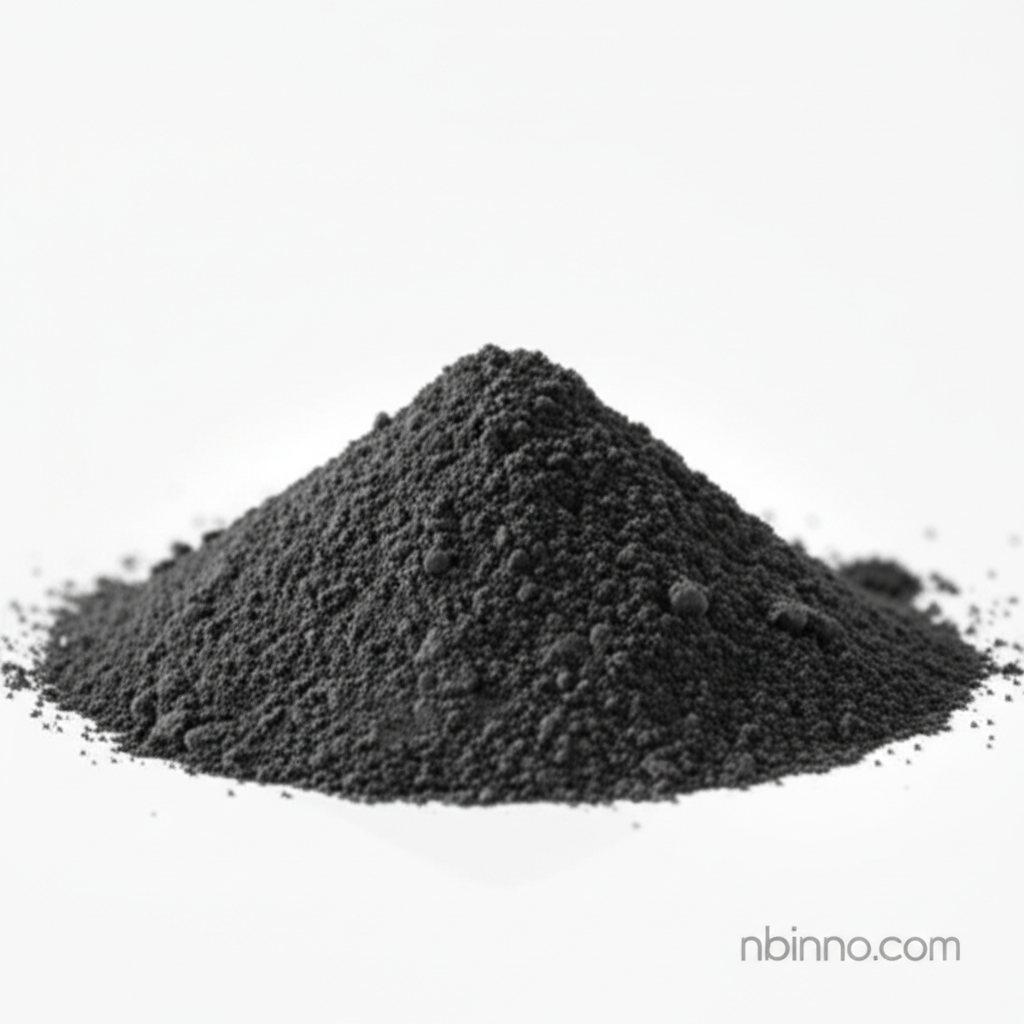Understanding Triclosan: Uses, Health Concerns, and Environmental Impact
Exploring the widespread use of Triclosan and its implications for human health and the environment.
Get a Quote & SampleProduct Core Value

Triclosan
Triclosan is a synthetic antimicrobial agent widely incorporated into consumer products for its antibacterial and antifungal properties. It functions by inhibiting a crucial bacterial enzyme involved in fatty acid synthesis, a process essential for cell membrane construction and reproduction. While generally recognized as safe for human use in many applications, its pervasive presence in everyday items has raised significant health and environmental concerns.
- Understanding Triclosan uses and benefits: Triclosan's broad-spectrum antimicrobial activity made it a popular additive in numerous personal care products and household cleaners for its ability to prevent bacterial growth and contamination.
- Triclosan health effects: Research indicates potential links between triclosan exposure and adverse health outcomes, including endocrine disruption, altered thyroid hormone metabolism, and contributions to antibiotic resistance.
- Triclosan environmental impact: Due to its widespread use and incomplete removal in wastewater treatment, triclosan persists in aquatic environments, posing a significant threat to aquatic life.
- FDA ban on triclosan: The U.S. Food and Drug Administration (FDA) has banned the use of triclosan in certain over-the-counter consumer antiseptic wash products, citing a lack of proven safety and effectiveness compared to plain soap and water.
Product Advantages
Broad-Spectrum Efficacy
Triclosan effectively inhibits the growth of a wide range of bacteria and fungi, historically making it a popular choice for many hygiene products.
Mechanism of Action
Its specific mechanism of targeting bacterial fatty acid synthesis makes it distinct from many antibiotics, though concerns about cross-resistance exist.
Regulatory Scrutiny
Increased awareness and scientific research have led to regulatory actions, such as the FDA ban, driving a move towards safer alternatives.
Key Applications
Daily Chemical Products
Triclosan has been a common ingredient in soaps, toothpastes, mouthwashes, and deodorants, valued for its antibacterial properties in everyday hygiene.
Medical & Food Disinfection
Its use extends to medical settings for surgical scrubs and in the food industry as a disinfectant for equipment, preventing microbial contamination.
Textile and Material Treatment
Incorporated into fabrics, toys, and other materials, triclosan provides resistance to bacterial growth and odor prevention, though these uses are less regulated.
Research and Development
Ongoing research into Triclosan's effects contributes to a broader understanding of antimicrobial resistance and chemical safety in consumer goods.
